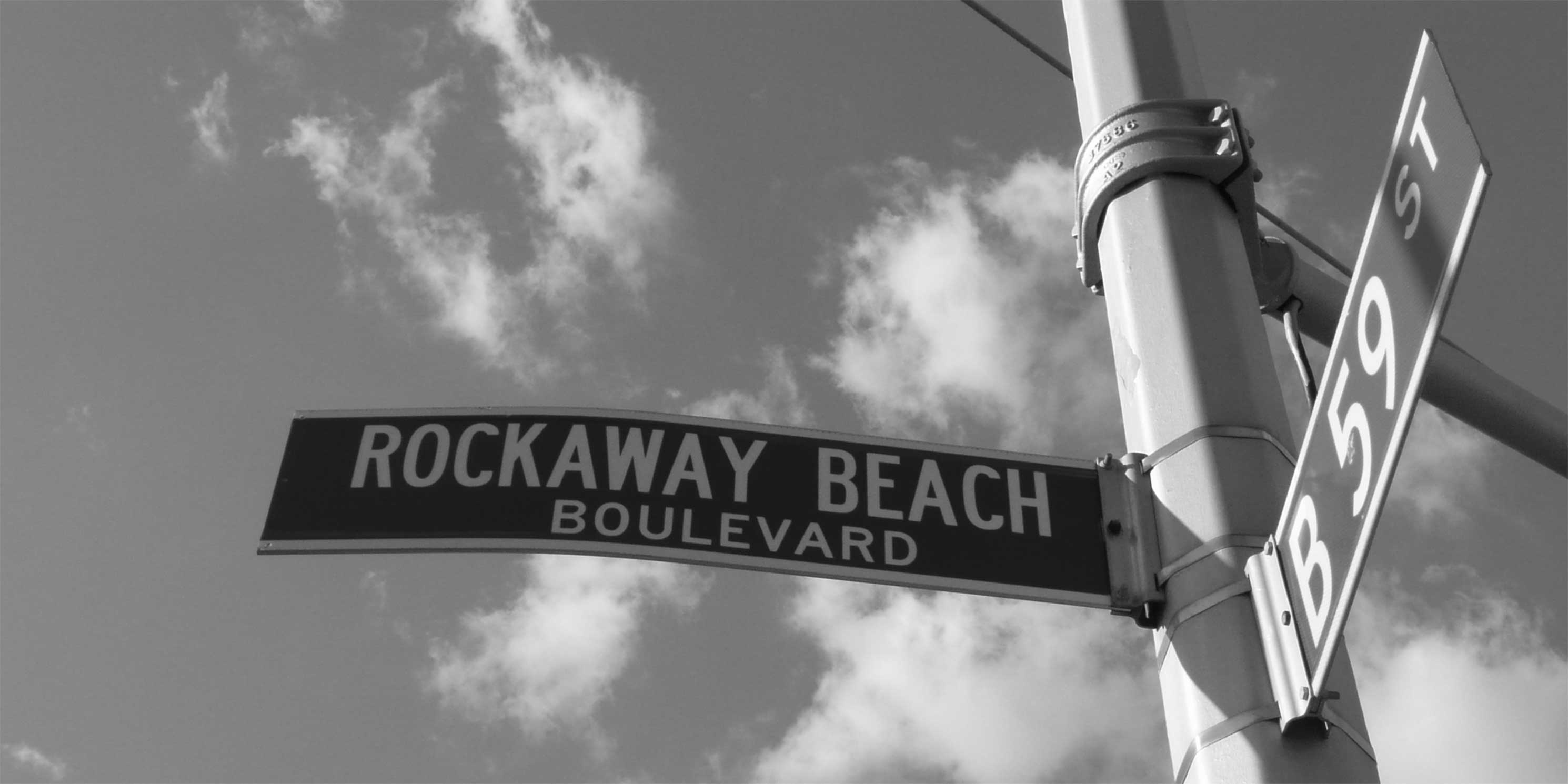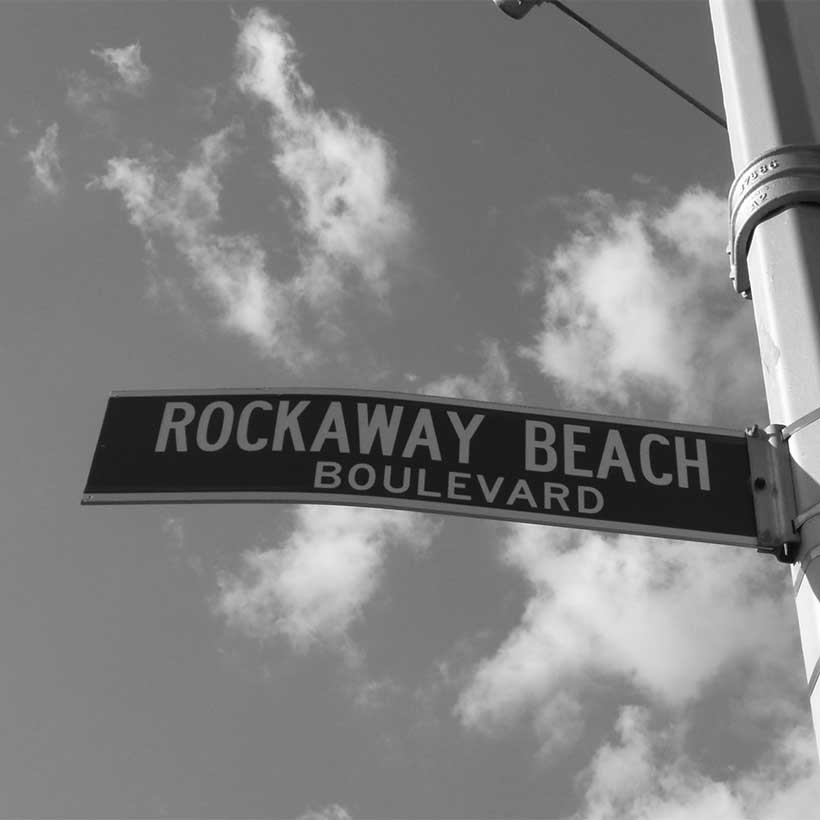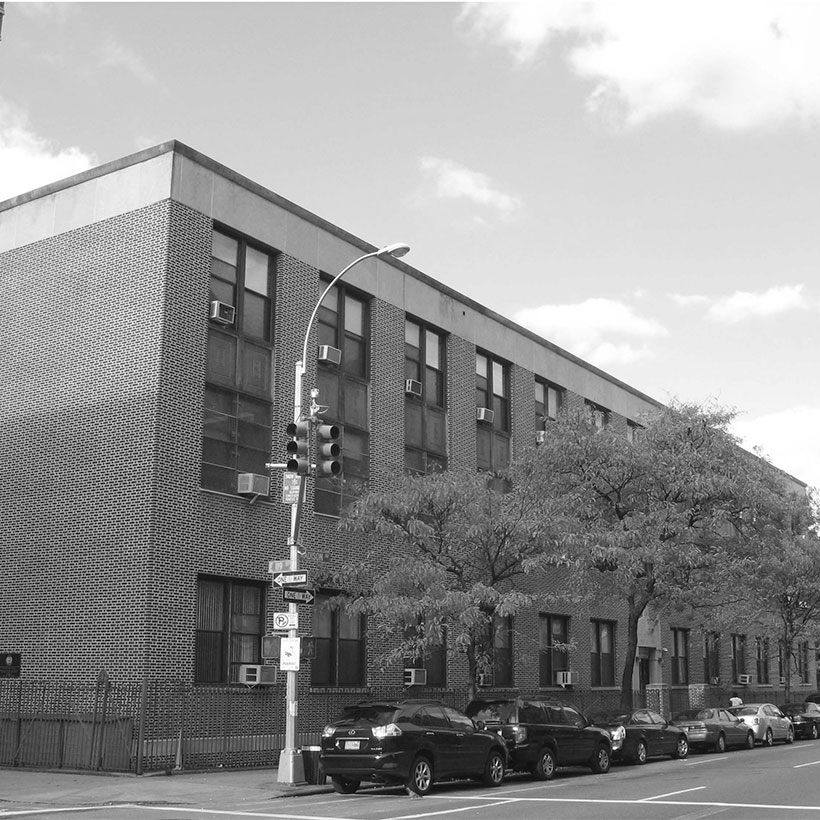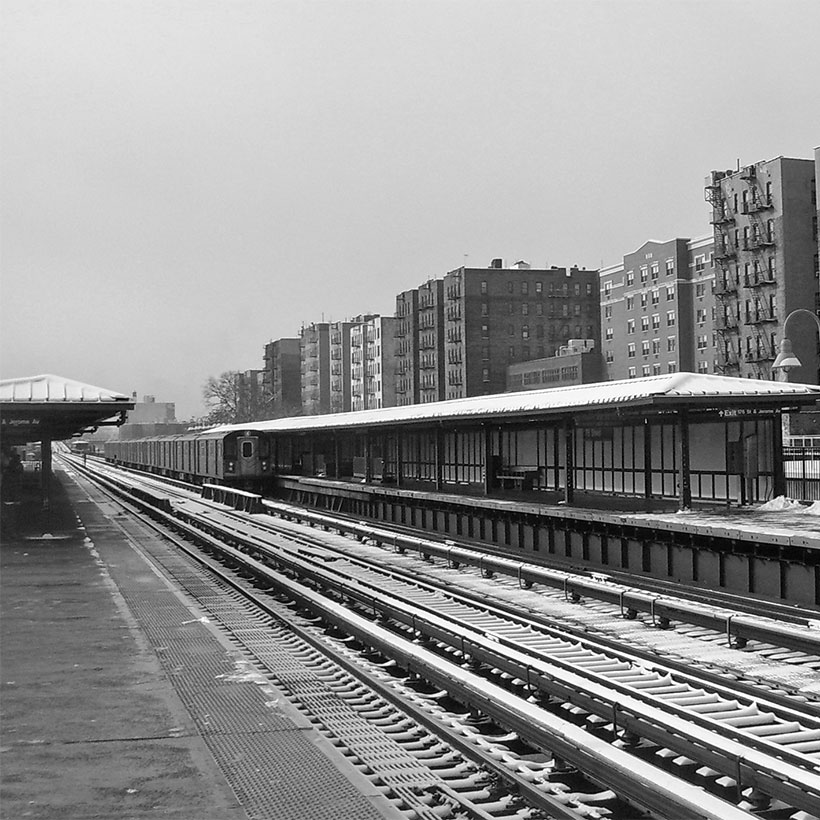MAS Comments on the Downtown Far Rockaway Redevelopment Project
The City’s proposal for the revitalization of Downtown Far Rockaways fails to keep the needs of the community in mind
The City of New York, in collaboration with the New York City Economic Development Corporation (EDC) and several city agencies, is proposing a series of land use actions, referred to as the Proposed Actions, including zoning map amendments, zoning text amendments, disposition and acquisition of property, and the designation and approval of an Urban Renewal Area (URA) and Plan (URP) as part of an effort to redevelop and revitalize an approximately 22-block area of the Downtown Far Rockaway neighborhood of Queens, Community District 14.
Download Testimony
According to the project Draft Environmental Impact Statement (DEIS), the Proposed Actions would result in a net increase of 3,027 dwelling units, of which 1,638 would be market-rate and 1,389 would be affordable; 152,935 square feet (sf) of retail space; and 86,947 sf of community facility space. The project also would provide a new publicly accessible open space area.
Downtown Far Rockaway has been in need of revitalization for generations. Over forty years ago, the Department of City Planning (DCP) reported the problem of disinvestment leading to decline in business conditions and vacancies. The area has been long plagued by underperforming retail corridors, deteriorated buildings, and underutilized lots. At the same time, residents of Far Rockaway have faced a chronic lack of community services, amenities, affordable housing options, and quality open space.
While the Municipal Art Society of New York (MAS) commends Council Member Richards, community stakeholders, the Downtown Far Rockaway Working Group, and the City for their efforts thus far to bring vibrancy back to Far Rockaway, we are well aware of the significant challenges that lay ahead in seeing the revitalization plan to fruition.
Despite the intentions of the proposal and the investments the City has made, we believe there are a number of critical deficiencies that need to be properly addressed to ensure that the reinvigoration of Downtown Far Rockaway is truly equitable and successful over the long term.
Position
Before we can support the Proposed Actions, MAS urges the City to consider the following recommendations.
Urban Renewal Area (DFRURA)
The proposed Urban Renewal Area (URA) is the centerpiece of the revitalization plan. It is the mechanism by which the city will acquire vacant and underutilized sites and ultimately sell properties to create a vibrant mixed-use downtown area. The Downtown Far Rockaway Working Group’s Roadmap for Action recommended that the City activate long-vacant sites in the downtown as a primary step in the process. While MAS agrees with this approach, we believe there are number of unaddressed issues.
Public Plaza
The lack of quality public space is one of the major problems affecting Downtown Far Rockaway. The planned public plaza in the DFRURA only partially solves the problem. The plaza is intended to provide a central open space area. However, to create a truly vibrant and desirable place we recommend that the plaza be subject to special design guidelines regarding accessibility, pedestrian circulation, seating space, and orientation tailored to the community. A similar mechanism is found in zoning regulations for privately owned public spaces and plazas throughout the city. 1
We also urge the City to remove the exemptions for seating requirements and occupation of open-air cafes under the proposed plan. Without the implementation of these recommendations, we believe the City will miss an opportunity to create a welcoming public area that should be the focal point of the downtown area.
Connectivity and URA Boundaries
To better integrate the DFRURA into the existing neighborhood, we recommend a new east-west cross street intersecting Redfern Avenue and Central Avenue. To accomplish this, we recommend including Lot 147 from Block 15537 to create a connection between Foam Place and Dix Avenue.
Funding and Feasibility
Given the importance of the URA to the plan, it is crucial that the City demonstrate that sufficient funding is available to provide the greatest opportunity for long-term success. Despite the best intentions, urban renewal projects too often end up as large swaths of vacant land. For example, the nearby Arverne East Renewal Area was cleared for development in the late 1960s, and 81 acres remain vacant today. 2 Therefore, it is critical for the City to avoid the same mistake by ensuring the feasibility and implementation of the proposed URA.
Socioeconomic Conditions
Residential Displacement
Mindful of the potential of the proposal to displace area residents, MAS urges the City to define a specific Mandatory Inclusionary Housing (MIH) option that reflects the actual income of the community’s residents. The median household income of the rezoning area ranges from $20,865 to $48,875, which is well below the median household income of Queens ($60,422) and New York City ($55,752). 3
The DEIS evaluation assumes all affordable units would be available to households at or below 80 percent of Area Median Income (AMI), which is currently $72,480 for a family of four. While the DEIS concludes that no indirect displacement of residents would occur, MAS asserts that the affordable housing proposed under the plan would not be affordable to a significant portion of the Far Rockaway community.
Business Displacement
According to the DEIS, the proposed rezoning would result in the displacement of 29 businesses and 283 workers in the area. While the collective displacement may not exceed thresholds deemed significantly adverse under CEQR guidelines, MAS contends that these businesses play an important role in the local economy. They provide needed goods, services, and jobs. Given Downtown Far Rockaway’s relative geographical isolation, distance from other working centers in the city, and income levels, we urge the City to reach out to the local business community and area stakeholders to find equitable solutions to reduce potential business displacement.
Open Space
The proposal fails to adequately provide the community with quality passive and active public space. According to the DEIS, Far Rockaway has about half of the citywide average of 2.5 acres of open space per 1,000 residents. With the addition of new residents under the rezoning, the community would need 11 acres of open space to achieve the citywide average. To make matters worse, the DEIS concludes that the lack of open space is an unavoidable significant adverse impact than cannot be mitigated and asserts that residents would have access to the public beaches more than one-half mile south of the project area.
MAS recommends that the City conduct proper outreach to determine the type of open space that is desired by the community and find ways to create additional quality open space such as purchasing vacant/underutilized properties.
Community Facilities
The rezoning would overburden publicly funded childcare facilities by almost 50 percent in an already vulnerable area. According to the DEIS, the rezoning would leave the community with a deficit of 181 childcare facility slots.
Therefore, we urge the City and Administration of Children’s Services (ACS) to work with the community to define a cohesive plan to address this critical need. Under the proposal, the DFRURA would include approximately 87,000 sf of community facility space. Perhaps some of this area could be dedicated to new childcare facilities.
Commitments
The Downtown Far Rockaways redevelopment proposal is different than other citywide rezoning studies in that it is led by EDC and is the only proposal to incorporate an urban renewal area. As a quasi-governmental agency, EDC is not defined under the City’s charter. Therefore, its role in the planning and ULURP processes can be ambiguous.
To clarify EDC’s role, MAS points to the importance and the applicability of NYC Commitments Law 175, which is intended to promote transparency and accountability regarding City commitments, such as the rezoning. The law requires the documentation of allocated funding and completion dates for every commitment by the City. Given the importance of the project and the level of investment, MAS believes commitments under the proposal for affordable housing, public space, community facilities and infrastructure should be subject to oversight protocols mandated by the local law.
Conclusion
MAS believes the time is ripe for the revitalization of Downtown Far Rockaway. While we recognize the intentions and efforts by the City and the involved agencies thus far, MAS believes the project does not adequately address critical issues that have stymied progress in the area for years and in many ways fails to keep the needs of the Far Rockaway community in mind.
We urge the City to address our recommendations regarding an equitable approach to providing affordable housing that meets the needs of the community; reducing the displacement of local businesses and jobs; exploring ways to create quality open space; establishing design guidelines to insure that the proposed public plaza in the downtown will be the inviting focal point of the area and a gathering place for the community; improving connections from the proposed URA to the adjoining neighborhoods; identifying opportunities for new childcare facility space; demonstrating that sufficient funding will be provided for the DFRURA to ensure long-term investment in the downtown; and conforming with oversight and transparency protocols for City commitments under NYC Commitments Law 175.
Thank you for the opportunity to comment on this critical project.
Notes
- New York City Zoning Resolution, Article III Chapter 7 Section 70.
- Urban Reviewer Arverne(link)
- 2011-2015 American Community Survey 5-Year Estimates. Household income in the past 12 months for: Block Group 1, Census Tract 1008.02. Block Group 1, Census Tract 1010.01. Block Group 1, Census Tract 1032.02. Block Group 2, Census Tract 1032.01. Block Group 3, Census Tract 1032.01. Block Group 4, Census Tract 1010.01. Block Group 4, Census Tract 1032.02



